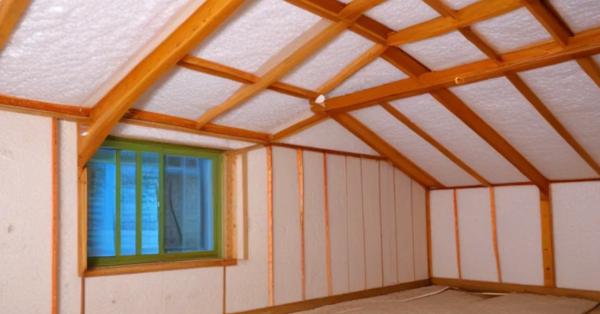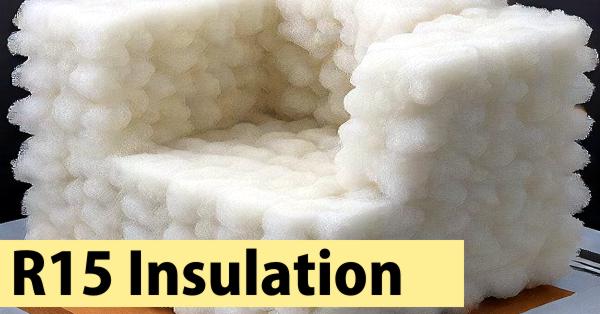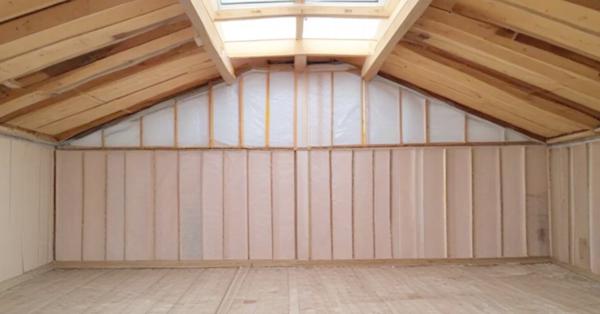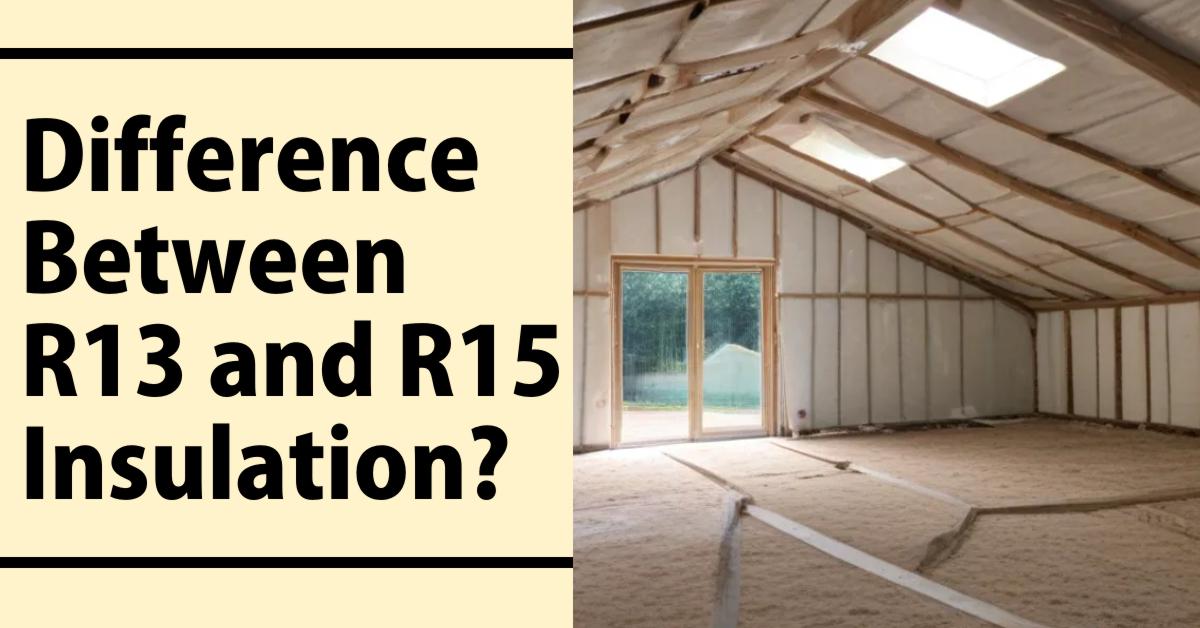When selecting between R13 and R15 insulation, it’s important to weigh the factors of energy efficiency, cost, and project-specific requirements. While R15 insulation offers superior thermal resistance and energy savings, R13 insulation can be a cost-effective solution that still provides significant energy efficiency improvements. Ultimately, the choice between the two should be based on a careful analysis of your specific needs, climate, and budget.
Choosing the Right Insulation
When deciding between R13 and R15 insulation, several factors should be considered, including:
Climate:
In colder climates, the higher R-value of R15 insulation may be more beneficial, while R13 insulation may be sufficient in milder regions.
Building Codes:
Local building codes often dictate minimum insulation requirements, which can influence the choice between R13 and R15.
Budget:
While R15 insulation offers better energy savings, R13 insulation may be a more budget-friendly option for cost-conscious projects.
Space Constraints:
The thicker profile of R15 insulation may not be suitable for certain applications or retrofits where space is limited.
Comparing R13 and R15 Insulation
Insulation Comparison Tables
| Feature | R13 Insulation | R15 Insulation |
|---|---|---|
| R-Value | R-13 | R-15 |
| Thickness | 3.5 inches | 4 inches |
| Material | Fiberglass, Mineral Wool, or Cellulose | Fiberglass, Mineral Wool, or Cellulose |
| Efficiency | Good | Better |
| Cost | Lower | Higher |
| Pros | R13 Insulation | R15 Insulation |
|---|---|---|
| Cost-Effective | ✔ | |
| Easier Installation | ✔ | |
| Energy Savings | ✔ | ✔ |
| Moisture Resistance | ✔ |
| Cons | R13 Insulation | R15 Insulation |
|---|---|---|
| Lower Insulation Value | ✔ | |
| Thicker Installation | ✔ | |
| Higher Material Cost | ✔ |
Understanding R-Values
The “R” in R13 and R15 stands for the insulation’s thermal resistance or R-value. The higher the R-value, the better the insulation’s ability to resist heat flow, resulting in improved energy efficiency and lower utility bills. R-values are determined by the insulation’s material, thickness, and density.
R13 Insulation: The Economical Choice
R13 insulation, with an R-value of 13, is a popular choice for homeowners and contractors seeking a cost-effective insulation solution. At a thickness of 3.5 inches, R13 insulation provides decent thermal resistance while remaining relatively affordable.
Advantages of R13 Insulation
Cost-Effective:
R13 insulation is generally less expensive than higher R-value options, making it an attractive choice for budget-conscious projects.
Energy Savings:
While not as efficient as R15, R13 insulation still offers significant energy savings compared to non-insulated or poorly insulated spaces.
Versatility:
R13 insulation is available in various materials, including fiberglass, mineral wool, and cellulose, allowing flexibility in material selection.
Limitations of R13 Insulation
Lower Insulation Value:
With an R-value of 13, R13 insulation offers lower thermal resistance compared to higher R-value options like R15.
Potential for Settling:
Certain types of R13 insulation, such as loose-fill cellulose, may settle over time, reducing their effectiveness.

R15 Insulation is The Premium Choice
R15 insulation, with an R-value of 15, is a more effective insulation option, providing superior thermal resistance and energy efficiency. At a thickness of 4 inches, R15 insulation offers a higher level of insulation performance, making it an ideal choice for colder climates or applications where maximum energy savings are desired.
Advantages of R15 Insulation
Improved Energy Efficiency:
With a higher R-value, R15 insulation offers better thermal resistance, resulting in greater energy savings and reduced heating and cooling costs.

Moisture Resistance:
Many R15 insulation products are designed to be moisture-resistant, improving their durability and performance in damp or humid environments.
Noise Reduction:
The increased thickness of R15 insulation can also contribute to better sound insulation, creating a quieter living or working environment.
Limitations of R15 Insulation
Higher Material Cost:
R15 insulation typically costs more than R13 insulation due to its increased thickness and improved performance.
Thicker Installation:
The 4-inch thickness of R15 insulation may require additional framing or wall cavity modifications during installation.

Final Comparison
| Feature | R13 Insulation | R15 Insulation |
|---|---|---|
| R-Value | R-13 | R-15 |
| Thickness | 3.5 inches | 4 inches |
| Material | Fiberglass, Mineral Wool, Cellulose | Fiberglass, Mineral Wool, Cellulose |
| Efficiency | Good | Better |
| Cost | Lower | Higher |
| Installation | Easier | More Challenging |
| Moisture Resistance | Fair | Good |
| Sound Insulation | Fair | Good |
| Pros | R13 Insulation | R15 Insulation |
|---|---|---|
| Cost-Effective | ✔ | |
| Easier Installation | ✔ | |
| Energy Savings | ✔ | ✔ |
| Moisture Resistance | ✔ | |
| Noise Reduction | ✔ |
| Cons | R13 Insulation | R15 Insulation |
|---|---|---|
| Lower Insulation Value | ✔ | |
| Thicker Installation | ✔ | |
| Higher Material Cost | ✔ | |
| Potential Settling | ✔ |
Which insulation is more effective, R13 or R15?
R15 insulation is more effective in terms of thermal resistance and energy efficiency due to its higher R-value of 15 compared to R13’s R-value of 13.
How does the R-value of insulation affect energy bills?
Higher R-value insulation, like R15, can significantly reduce energy bills by improving a building’s thermal resistance and reducing heat transfer. This leads to lower heating and cooling costs, making higher R-value insulation a worthwhile investment in the long run.
